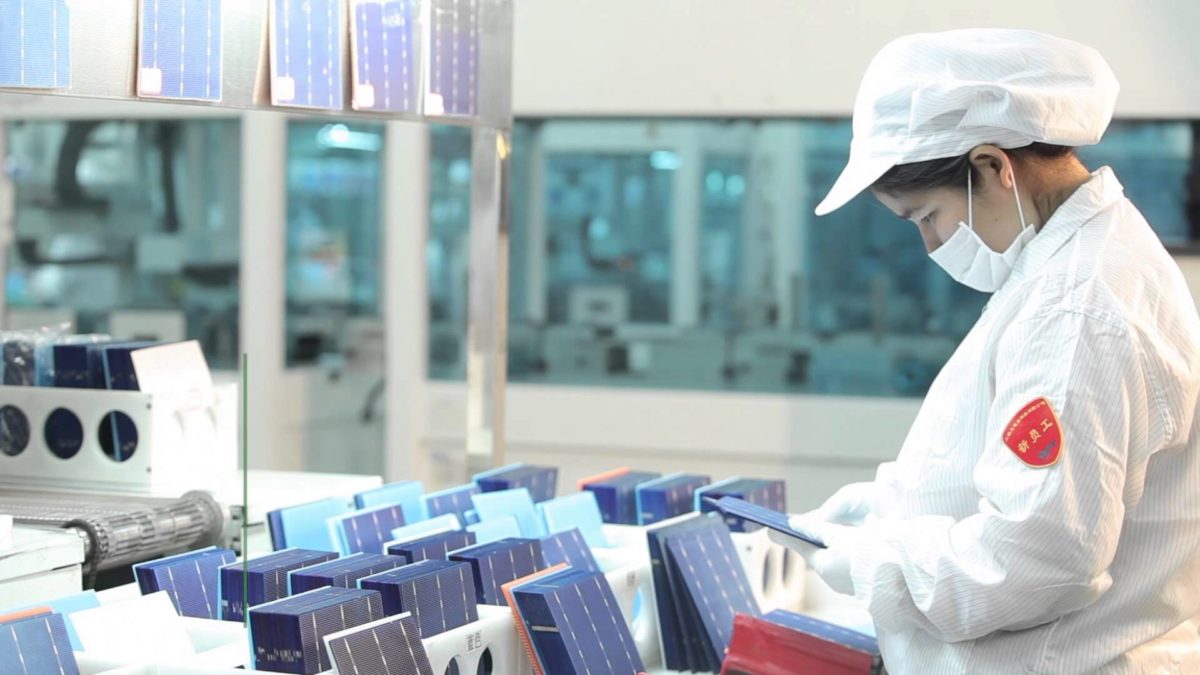This afternoon U.S. Trade Representative Robert Lighthizer confirmed 25% tariffs on $16 billion worth of goods from China, as the second round of import duties imposed under the Section 301 process, effective August 23.
Among the 279 product lines included on this list are solar cells and modules, and these 25% tariffs will add to the 30% Section 201 import duties. According to expert trade lawyer John Smirnow, the anti-dumping and anti-subsidy tariffs imposed in 2014 currently also represent around 30%, meaning an effective 85% tariff on any solar cells or modules imported into the United States from China.
However it is unclear how much this will affect the U.S. solar industry. After two rounds of anti-dumping and countervailing duties were imposed on Chinese solar products in 2012 and 2014, many Chinese PV makers set up cell and module factories in Southeast Asia, and imports from China slowed to a trickle.
In the first 11 months of 2017, Chinese cells and modules represented only 11% of U.S. solar imports.
Additionally, most of the new U.S. factories planned will not be affected. Both First Solar and Jinko Solar are currently constructing factories in the United States, but First Solar will make thin film solar modules from raw materials in Ohio, and Jinko Solar has stated that it will import cells from Malaysia, not China, for its factory in Florida.
It is unclear from where Hanwha Q Cells will source cells for its planned module factory in Georgia.
A third round of Section 301 duties is currently being considered. Inverters, AC modules, and non-lithium batteries have been proposed in this round, with tariffs initially proposed at 10% but which could be increased to 25%. Comments are still being taken for this round, with a hearing scheduled for August 20-23.
Update: This article was updated on August 8 at 11:30 AM EST to include a calculation of the total tariffs on Chinese products including an estimate of the current AD/CVD tariff, as well as the date in which the Section 301 tariffs will take effect.
This content is protected by copyright and may not be reused. If you want to cooperate with us and would like to reuse some of our content, please contact: editors@pv-magazine.com.









Mr. Roselund, nothing called “solar” nor “cells” nor “modules” nor “photovoltaic” is among the 279 products included on that list. Maybe they are calling the products by another name on that list, but could you please specify.
Yes. According to the experienced trade lawyer we consult with, the code 8541.40.60 (“diodes for semiconductor devices, other than light-emitting diodes, nesoi”) includes solar cells and modules.
Our staff attempted in the past to translate HTS codes into actual products, but found that we could not. The very brief “Product Description” can be quite misleading.
Outstanding work. I had looked through the list yesterday, and not knowing what your expert knows, had thought that solar was getting no relief. You folks are definitely to be commended in your coverage of this topic.
Thank you. Our coverage of trade issues has evolved over time, and we are fortunate that we have the sources that we do.